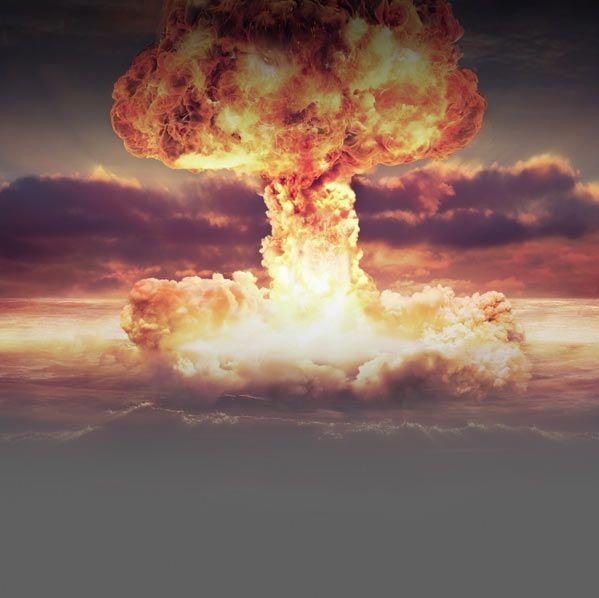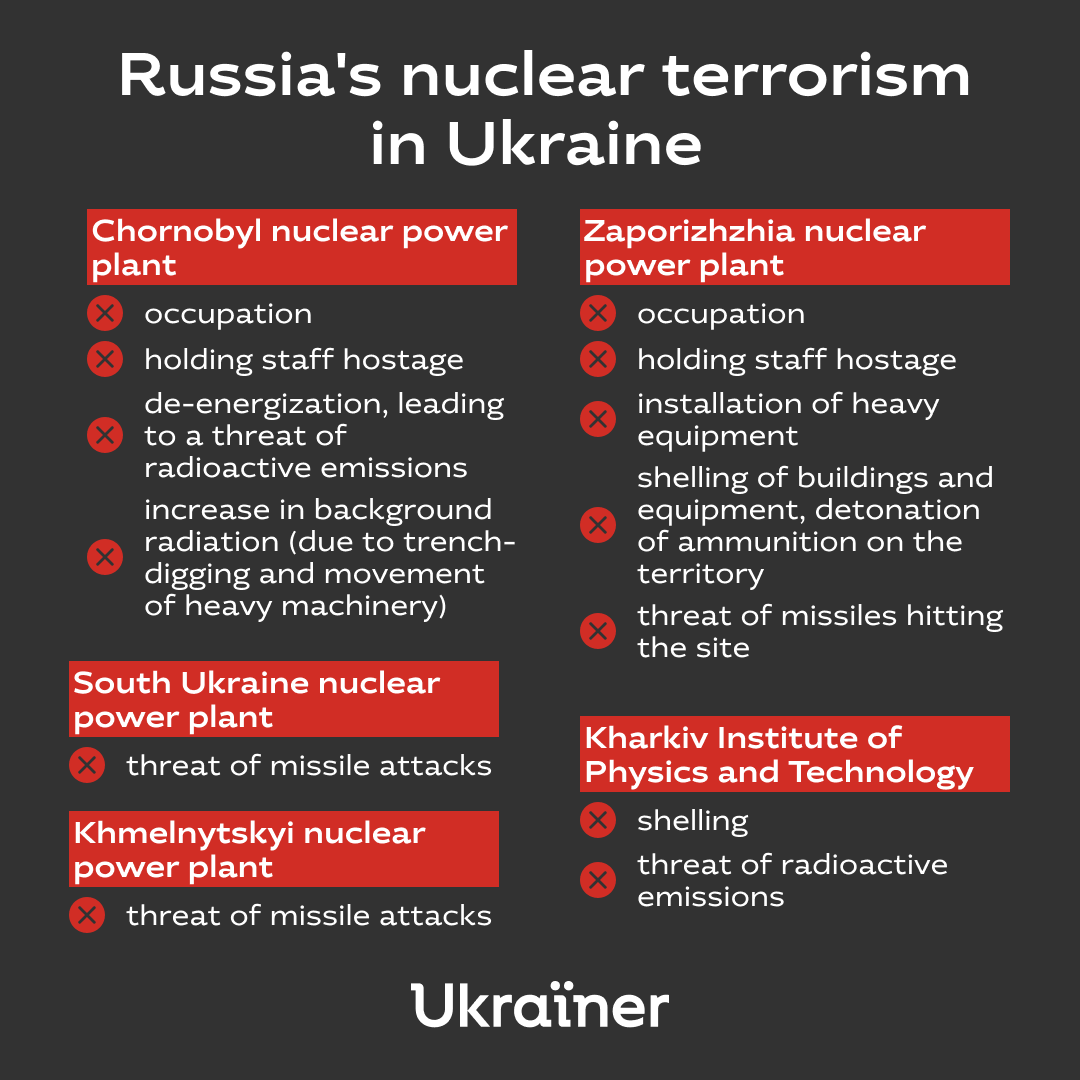
“The threat (of nuclear weapons) is real. It’s serious and shouldn’t be underestimated.” These were the signals sent by the Russian Foreign Minister on behalf of his country on April 26, 2022. On that day, 36 years ago, one of the greatest industrial disasters in human history took place – the explosion at the Chornobyl nuclear power plant. That spring day in 1986 changed the lives of an entire generation, made the city of Pripyat and the surrounding 30-kilometer zone radioactive for thousands of years, and accelerated the collapse of the Soviet Union. The disaster took the lives of thousands and affected the lives of millions.
Every year on April 26, this tragedy is commemorated by a symbolic gesture. In the center of Pripyat, members of the international NGO “Center PRIPYAT.com” would light as many candles as the number of years that had passed since the Chornobyl accident. People all over the world could take part at home. Each new candle symbolized another year of understanding the lessons of the tragedy.
This year, it’s different.
Since the beginning of the full-scale invasion, the Russian military has posed a threat to nuclear facilities in Ukraine: shelling nuclear power plants, destroying nuclear waste storage facilities, and more. The Chornobyl nuclear power plant, which was under Russian occupation for over a month, was completely de-energized for several days in March due to the actions of the Russian military. This posed a new threat: the possible release of radioactive substances into the environment because of the shutdown of the cooling system of the nuclear waste storage facility.
On March 6 and 10, occupiers shelled the Piatykhatky district, where the Kharkiv Physics and Technology Institute was located, and de-energized the nuclear subcritical research installation “Neuron Source”. On April 16, three Russian missiles could have hit a reactor at the South Ukraine nuclear power plant. On April 25, two Russian cruise missiles were recorded flying in critical proximity to the Khmelnytskyi nuclear power plant.
On March 4, buildings and units of Zaporizhzhia nuclear power plant were shelled. This nuclear power plant, which is also the largest in Europe, is currently under Russian occupation. The occupiers keep heavy weapons and ammunition directly on the power plant site, turning it into a military base and terrorizing the plant’s staff and the population of the satellite city.
And on the night of April 26, two Russian cruise missiles flew over the plant toward Zaporizhzhia, at low altitude.
The Chornobyl zone, liberated on March 31, is half-destroyed, and the efforts of tens of thousands of people have been literally crushed by the Russian occupiers. It seems that a critically large number of people have not learned any lessons from the 1986 disaster. So this year, at the edge of the zone (the entrance to it is still closed), we went back to square one, starting the countdown all over again and lighting only one candle on the night of April 26.

Today, Russians can (and apparently want to) cause an even greater industrial disaster in Ukraine. By terrorizing Ukraine’s nuclear facilities and threatening nuclear war, Russia is also threatening the world.
In 1986, many Ukrainians took part in the cleanup operation after the Chornobyl accident, at the price of their health. Today, Ukrainians have to risk their lives again to stop the terrorist state and its army, which has already committed a number of nuclear crimes and has no plans to stop. The whole world can and must stop Russia.

